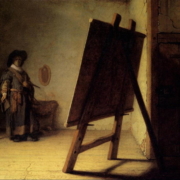Introduction, Group Psychoanalytic Psychodrama
How can Psychodrama provide a contribution to group psychotherapy? How is it possible to connect these two practices?
My memories went back to the short experience of training with Jennie and Paul Lemoine and to my recent participation in the passionate “lectures/demonstrations”, given by Luisa Mele and Paola Cecchetti at “La Sapienza” University. Thereafter, the reading of the articles of this number of Funzione Gamma suggested the usefulness of analysing three possible areas of intersection.
1. Action/ acted
Freud considers action- together with attention, numbering, judgement and Read more

